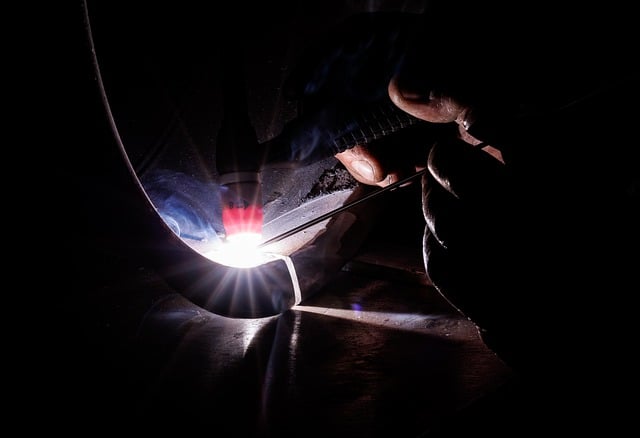Welding Safety: learn about the main risks and how to avoid them
Welding safety is a priority for every welder. After all, no matter how skilled and well-trained the professional is, a series of factors can put their integrity at risk if the correct precautions are not adopted.
Next, we will address which risk factors require the most attention during welding work, as well as best practices to minimize them and ensure safer operations. Follow along.
What are the main safety risks in welding?
When welding safety measures are not adopted correctly, operators, and even the people around them, can have their integrity exposed. For Safe Welding Operations Course click here
Here are the issues:
Damage to the skin: intense exposure to heat and the radiation emitted by welding equipment can cause burns and permanent damage — if PPE is missing, used inappropriately or in poor condition;
Vision problems: similar to the previous case, the radiation emitted by welders’ electric arcs can cause eye burns and eye injuries if the welder does not use a protective visor properly;
Poisoning: the welding process releases toxic gases, such as carbon monoxide and carbon dioxide. Without the correct protections, exposure can cause nausea, dizziness, fatigue and headaches;
Fires and explosions: the gases released by welding are also flammable. If care is not taken when storing and handling materials, they may come into contact with heat sources, causing serious problems.
Despite the severity of the risks, the good news is that you can significantly reduce them by adopting the correct welding safety practices. See the most relevant precautions below.
How to minimize these risks?
Welding safety can be enhanced by implementing certain precautions. Below, check out the essential good practices to minimize risks in your operations:
Proper training:
It is essential that welders have appropriate training in welding processes. It must include instructions on the correct use of personal protective equipment (PPE) and basic precautions to mitigate the risk of accidents and occupational illnesses.
Use of PPE:
Appropriate PPE is essential for welding safety. They include gloves, a protective mask, safety shoes and a heat-resistant apron. Thus, they have the function of preventing exposure to radiation, heat, sparks and metal splashes.
Suitable environment:
The work environment needs to be appropriate for welding. This involves good lighting, capable of avoiding errors during welding application, and adequate ventilation, which mitigates exposure to toxic gases.
Machine inspection:
The equipment used in welding must be in good condition and undergo constant inspections to ensure its correct functioning. Lack of adequate maintenance increases the chances of failures, risks and accidents.
Nearby surfaces:
Surfaces close to the welds need to be protected with heat-resistant materials. Furthermore, the areas where services are performed require signage to prevent unauthorized people from approaching.
